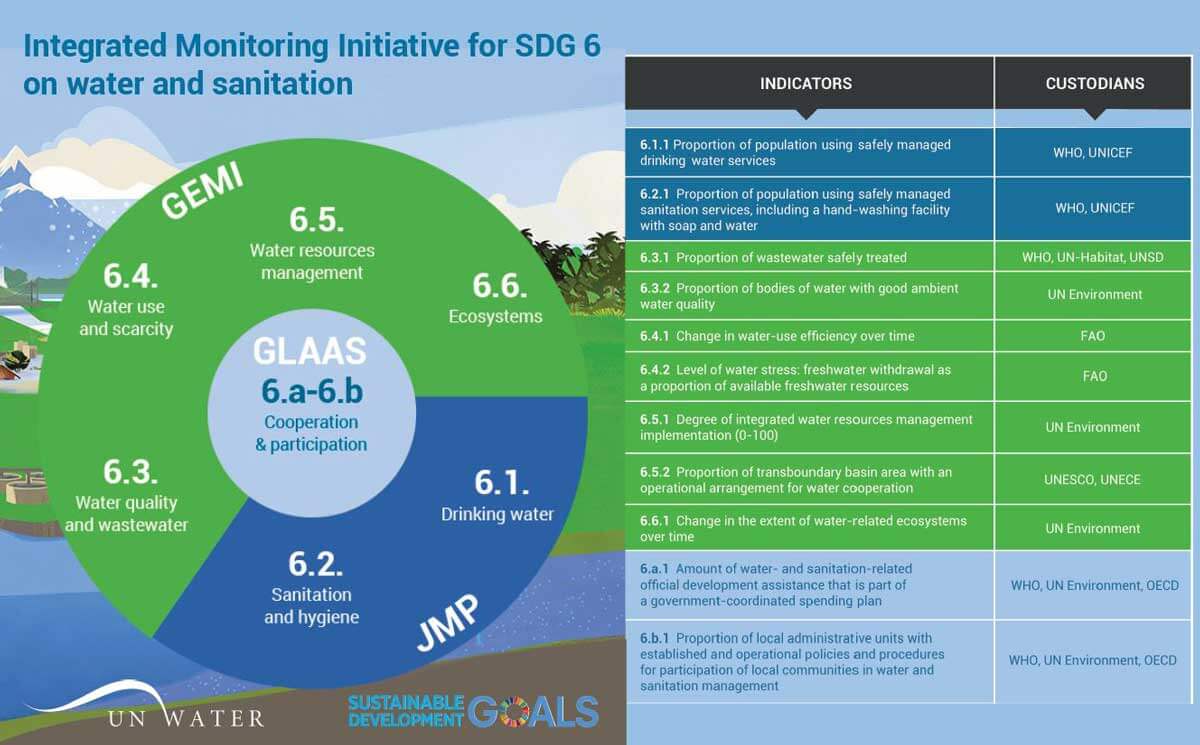Monitoring SDG indicator 6.3.2 on ambient water quality
Improving ambient water quality globally is one of the 169 ambitious targets set out in the Agenda 2030 for Sustainable Development (target 6.3). Comprehensive and up-to-date monitoring data on ambient water quality is a prerequisite to provide decision makers with the information they require to ensure the availability and sustainable management of water resources for both human uses and maintaining aquatic ecosystems.
Under the auspices of both the UN-Water Integrated Monitoring Initiative for SDG 6 on water and sanitation and of the United Nations Environment Programme (UNEP) and its GEMS/Water Programme, a task team of international experts developed the SDG indicator 6.3.2 methodology in 2016 as part of the coherent SDG 6 monitoring and reporting framework to report on the global progress towards target 6.3.
The indicator is defined as the proportion of water bodies in a country having good ambient water quality (i.e. natural, untreated water in rivers, lakes, groundwater), representing a combination of natural influences and the impacts of anthropogenic activities. Consequently, it enables the impact of human development on ambient water quality to be evaluated over time and it provides an indication of the services that can be obtained from the aquatic ecosystems, such as clean water for drinking, preserved biodiversity, sustainable fisheries, water for irrigation, etc. Global data drives for calculation of this indicator were carried out in 2017, 2020 and 2023.
A summary of the latest data drive is available in our news section, A short video with the most important findings is available on Youtube.
The indicator is also directly linked to indicator 6.3.1 on wastewater treatment because inadequate wastewater treatment leads to water-quality degradation in the water bodies receiving the wastewater effluents. It directly informs progress towards target 6.3 and is strongly linked to target 6.6 on water-related ecosystems.
GEMS/Water’s key activities to support the implementation of indicator 6.3.2 are:
- Coordinating the indicator methodology development with international water quality experts and member states representatives
- Supporting member states in the collection and quality assurance of monitoring data as well as in indicator calculation and reporting
- Delivering targeted capacity development workshops and trainings
- Assessing and communicating the reporting results
Available resources from the first reporting period (2015 – 2017):
Available resources for the second reporting period (2018 – 2020):
Available resources from the third reporting period (2021-2023):
Further information:





